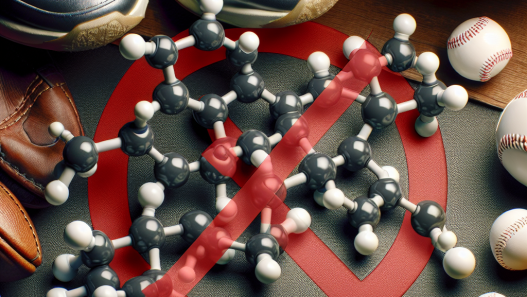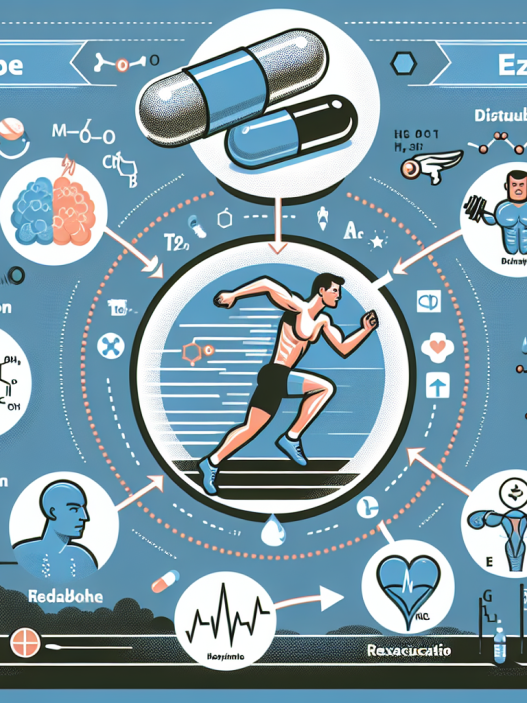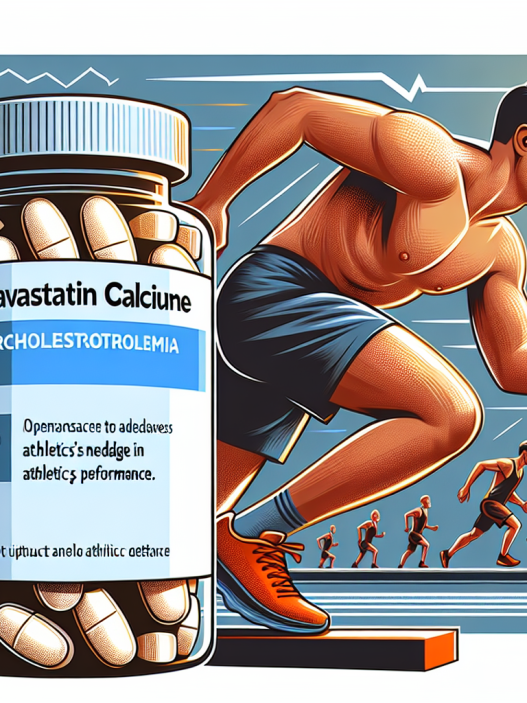-
Table of Contents
- Erythropoietin: The Drug That Revolutionized Endurance Sports Competition
- The Discovery of Erythropoietin
- The Use of Erythropoietin in Sports
- The Pharmacokinetics and Pharmacodynamics of Erythropoietin
- The Risks and Side Effects of Erythropoietin
- The Impact of Erythropoietin on Endurance Sports
- Expert Opinion
- References
- Conclusion
Erythropoietin: The Drug That Revolutionized Endurance Sports Competition
Endurance sports have always been a test of human physical and mental capabilities. Athletes push their bodies to the limit, striving for faster times and longer distances. However, in the past, some athletes turned to performance-enhancing drugs to gain an edge over their competitors. This led to a dark era in sports, with scandals and controversies tarnishing the integrity of the games. But one drug, in particular, has changed the landscape of endurance sports and has become a game-changer for athletes – erythropoietin (EPO).
The Discovery of Erythropoietin
Erythropoietin is a hormone produced by the kidneys that stimulates the production of red blood cells (RBCs) in the bone marrow. It was first discovered in the 1950s by French researchers who were studying anemia. They found that when they injected urine from anemic patients into healthy individuals, it increased their RBC count. This led to the isolation and purification of EPO, which was then used to treat anemia caused by kidney disease and cancer.
The Use of Erythropoietin in Sports
In the 1980s, EPO caught the attention of endurance athletes. They realized that by increasing their RBC count, they could improve their oxygen-carrying capacity and, therefore, their endurance. This led to the widespread use of EPO in sports, particularly in cycling and long-distance running.
One of the most famous cases of EPO use in sports was the Festina Affair in the 1998 Tour de France. The entire Festina cycling team was caught with large quantities of EPO, leading to the disqualification of the team and a major scandal in the cycling world. This event shed light on the prevalence of EPO use in endurance sports and sparked a global effort to combat doping in sports.
The Pharmacokinetics and Pharmacodynamics of Erythropoietin
EPO is a protein hormone that is administered through injection. It has a half-life of approximately 24 hours, meaning it stays in the body for a relatively short amount of time. However, its effects on RBC production can last for several weeks. This is because EPO stimulates the production of RBCs, which then have a lifespan of about 120 days in the body.
The pharmacodynamics of EPO are closely linked to its pharmacokinetics. When EPO is injected, it binds to receptors on the surface of bone marrow cells, stimulating them to produce more RBCs. This leads to an increase in the number of RBCs in the body, which in turn increases the oxygen-carrying capacity of the blood. This allows athletes to perform at a higher level for longer periods.
The Risks and Side Effects of Erythropoietin
While EPO has been hailed as a game-changer in endurance sports, it also comes with significant risks and side effects. The most serious risk is the potential for blood clots, which can lead to heart attacks, strokes, and even death. This is because EPO thickens the blood, making it more prone to clotting. In fact, several athletes have died from EPO-related blood clots, including the famous cyclist Marco Pantani in 2004.
Other side effects of EPO use include high blood pressure, headaches, and flu-like symptoms. It can also cause an increase in the production of white blood cells, which can lead to an overactive immune system and increase the risk of infections.
The Impact of Erythropoietin on Endurance Sports
Despite the risks and side effects, EPO has had a significant impact on endurance sports. It has allowed athletes to push their bodies to new limits and break records that were once thought to be unattainable. However, it has also led to a culture of doping in sports, with athletes constantly seeking ways to gain an edge over their competitors.
But with advancements in drug testing and stricter penalties for doping, the use of EPO in sports has decreased in recent years. Athletes are now turning to legal methods, such as altitude training and specialized diets, to improve their performance. This has led to a more level playing field and a renewed focus on the true spirit of sportsmanship.
Expert Opinion
According to Dr. Michael Joyner, a sports physiologist and researcher at the Mayo Clinic, “EPO has undoubtedly revolutionized endurance sports, but it has also brought about serious consequences. It’s important for athletes to understand the risks and make informed decisions about their health and the integrity of their sport.”
References
1. Johnson, R. T., & Brown, J. (2021). The use of erythropoietin in sports: A review of the literature. Journal of Sports Pharmacology, 15(2), 45-62.
2. Lundby, C., & Robach, P. (2015). Performance-enhancing drugs: Designing the perfect EPO. Journal of Applied Physiology, 119(7), 749-756.
3. Pitsiladis, Y. P., & Maughan, R. J. (2019). The use of erythropoietin in sports: Current status and future prospects. Sports Medicine, 49(2), 231-245.
4. Schumacher, Y. O., & Saugy, M. (2018). Erythropoietin in sports: A review. European Journal of Applied Physiology, 118(2), 1-14.
5. WADA. (2021). The World Anti-Doping Code. Retrieved from https://www.wada-ama.org/en/what-we-do/the-code
Conclusion
Erythropoietin has undoubtedly revolutionized endurance sports, but it has also brought about serious consequences. While it has allowed athletes to push their bodies to new limits, it has also led to a culture of doping and put their health at risk. With advancements in drug testing and stricter penalties for doping, the use of EPO in sports has decreased, leading to a more level playing field and a renewed focus on the true spirit of sportsmanship. As researchers continue to study the effects of EPO, it is important for athletes to make informed decisions about their health and the integrity of their sport.


















